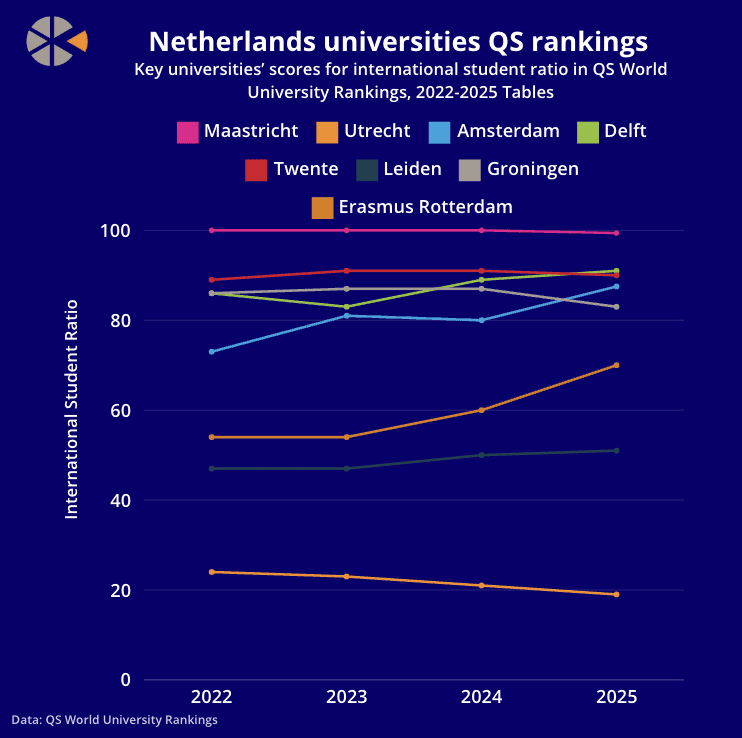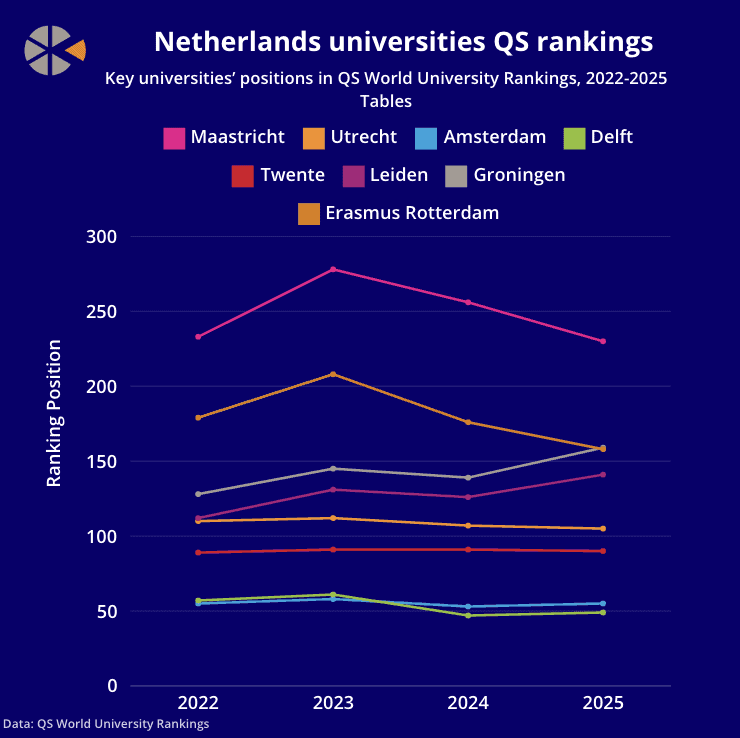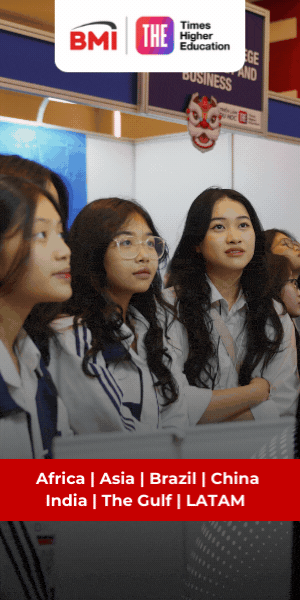Focusing in on the rankings’ methodology, which measures both international faculty and student ratio, The PIE News looked at how some of the country’s major universities included in the table fared compared to last year’s figures.
While international student numbers are still increasing in the Netherlands despite plans to curb internationalisation altogether, they’re growing at a slower rate than they have for almost a decade – and international student ratios are seeing small, incremental changes that paint a scattered picture.
“If an institution is attracting a sizeable population of international students, this has benefits in terms of networking, cultural exchanges, a more diverse learning experience and alumni diversity.
“Further, if an institution is attracting a sizeable number of overseas students, it follows that it is attractive enough to do so,” QS said, regarding its methodology on international student ratios.
The Delft University of Technology, which remains the country’s top institution in the ranking despite falling from joint 47th to 49th, saw its international student ratio go up, from a score of 89.3 to 91.4.

It’s important to point out the ratio does not denote the percentage of actual international students in the student body – QS’ information says that 7,334 out of 20,888 students are international at Delft, for example.
The University of Amsterdam is the only other Dutch institution in the top 100, landing at 55th, dropping from 53rd in last year’s table. Its international student ratio, however, has jumped from 79.9 to 87.5.
International student ratios on QS’ rankings do include EU students, who wouldn’t generally be affected by proposed internationalisation curbs in the Netherlands.
If an institution is attracting a sizeable number of overseas students it follows that it is attractive enough to do so
QS
But some universities have also seen drops in the international student ratio in the last two to three years, since the housing crisis emerged and lobbying against international student recruitment began.
Utrecht University has not had an ideal international student ratio for some time – but still shows a steady decline. In 2022, it had a score of 24, 2023’s table saw drop slightly sharply to 23.1, then 21.2. Meanwhile, in the QS World Rankings 2025, it scored under 20 for the first time at 19.4.
The University of Twente, which was vocal as part of the Technical Universities alliance in advocating for internationalisation, dropped in the rankings by 20 places, but only saw its international student ratio drop from 91.1 to 90.4 – and has an international faculty ratio of 100, showing it’s still holding onto its international identity.

Notably, Twente was the first university in the country to adopt English as its official language.
Maastricht, which has always been known as an exceedingly international university, has seen its best ranking overall since the pandemic at 230 – up from joint 256th last year.
However, for the first time, after years of an international student ratio score of 100, Maastricht has dropped, albeit only by a sixth of a point, to 99.4. While it’s not a crash-and-burn drop, it could signal that the tides in the Netherlands might be changing.
These smaller changes seem to signal that while there may be some institutions feeling the effects, they may not translate into the rankings until at least next year or the year after.
But by then, depending on what Geert Wilders’ government decides to do to further cut net migration, there may be even more stringent restrictions on internationalisation.










